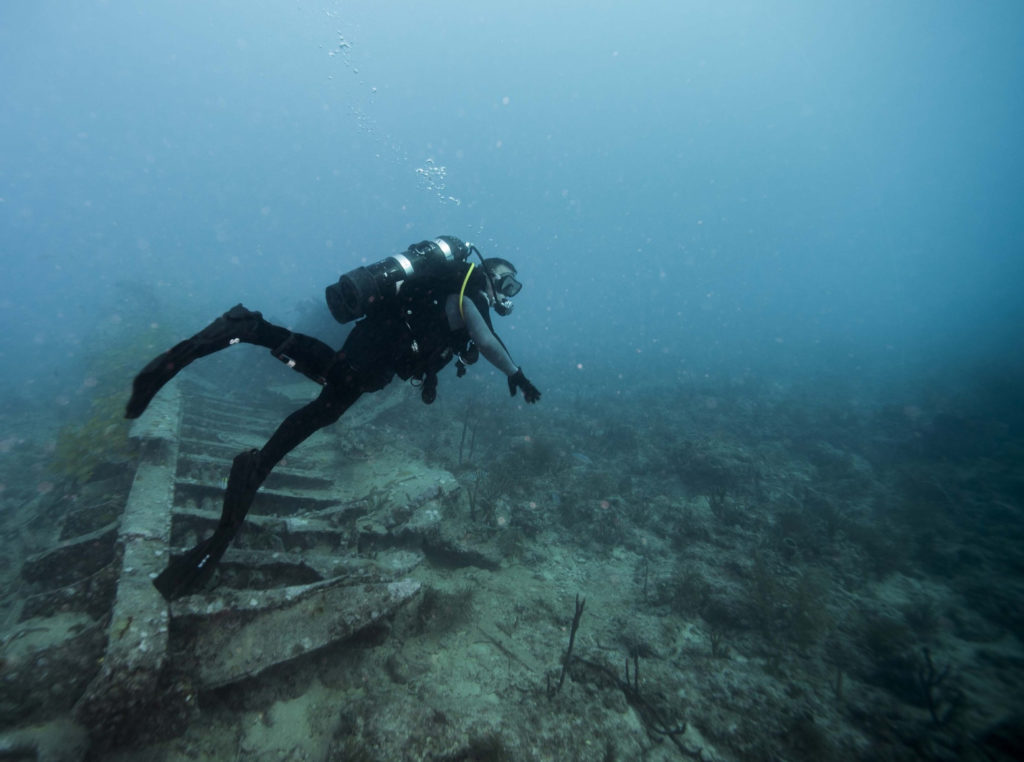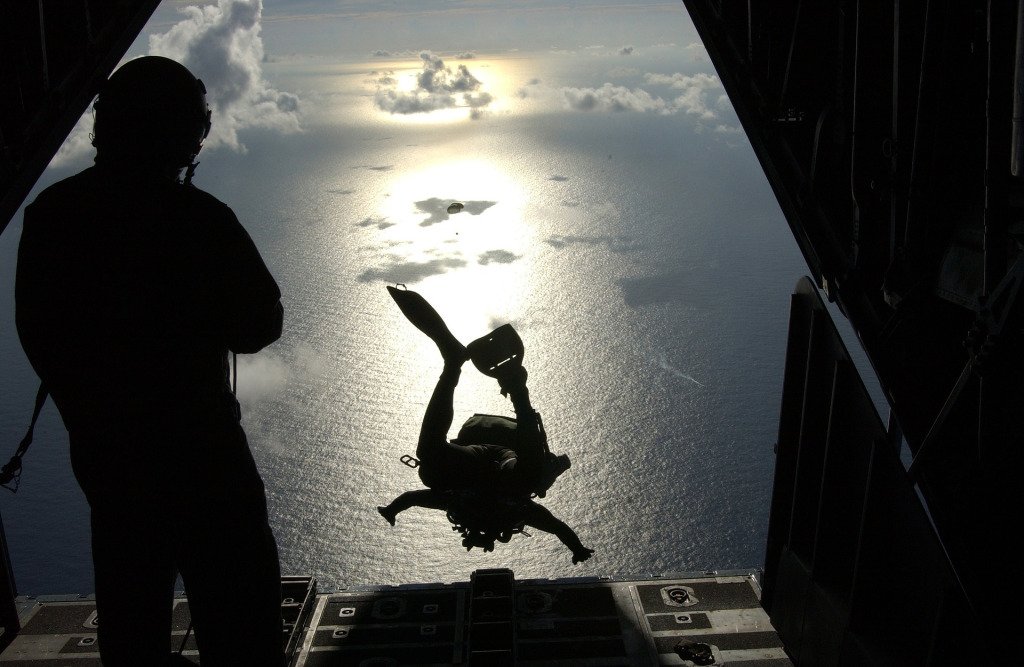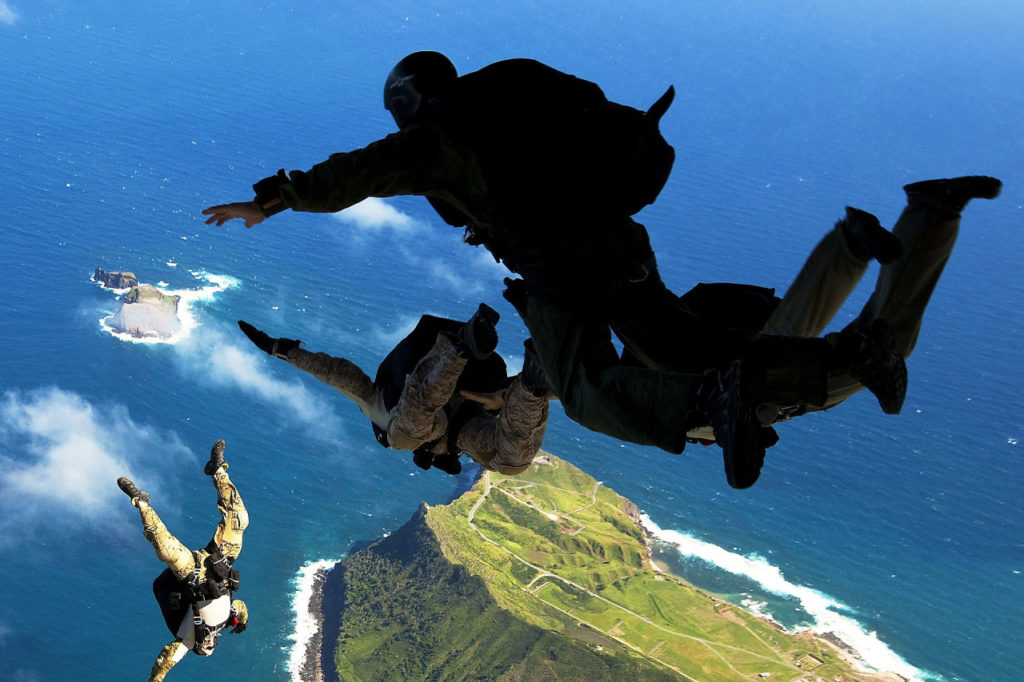Have you ever wondered why scuba diving and skydiving are so closely related, yet so different sports?
Whenever you search the web about scuba diving or skydiving, you always have to stumble on these to relate to each other. So what is the fuss about it? We are going to answer these questions for you.
Scuba diving & Skydiving relation
So what’s the catch here? Let’s define the differences and connections between skydiving and scuba diving.
While skydiving is an airborne sport, scuba diving is an underwater activity. The main difference and connection between these two activities is that you shouldn’t skydive after scuba diving.
Why not skydive after scuba diving?
Skydiving after scuba diving is generally not recommended due to safety concerns. Both activities involve significant changes in pressure, which can have adverse effects on the body.
The bends are a problem that skydivers may face after scuba diving. This is also known as Caisson disease or decompression sickness. DCS is a relatively common side effect that occurs to persons who pass 1000 feet or 300 meters above sea level shortly after diving. This occurs in the body when dissolved nitrogen escapes from the solution, causing bubbles to form in the bloodstream and tissues. DSC has the potential to cause serious injury.
After scuba diving, how long should you wait before flying?
To ensure your safety, it’s generally recommended to wait at least 12 to 24 hours after scuba diving before participating in activities that involve significant changes in atmospheric pressure, such as skydiving.
Military divers claim that 12 hours is plenty, but if you want to be sure, stick with 24 hours. This allows your body enough time to eliminate excess nitrogen and reduce the risk of decompression sickness. Everything in your body has returned to normal throughout this time. You may enjoy skydiving without fear of the bends.
What can happen if you skydive soon after scuba diving?
If you do not wait the necessary amount of time after diving before going skydiving. Aside from joint discomfort, you risk major complications such as paralysis and shock. The movement of bubbles through your system can potentially cause problems and even death.
To avoid DSC injuries, you should always wait for the appropriate period to pass and arrange dives ahead of time. There is a natural pressure underwater that increases as we dive deeper. Our bodies take nitrogen into the circulation and tissue while inhaling oxygen from the air tank. It has the potential to impact practically every aspect of the body. Here we talk about the heart, brain, lungs, joints, and even the skin.

Can you fly before diving?
Flying or skydiving before scuba diving has no dangers. After flying, you can scuba dive without any worries. This is not the case in the reverse situation where flying after diving is risky.
Which is safer scuba diving or skydiving?
A few years ago, back in 2015. The United States Parachute Association conducted a study on scuba diving and skydiving safety and accidents. By their results, skydiving is safer than scuba diving. That year, 21 accidents with fatal outcomes occurred in skydiving. That equals 0.006 accidents that happen in every 1000 jumps. While in scuba diving there were 0.164 fatal accidents in every 1,000 dives. Statistically speaking, diving is more dangerous than skydiving.

But that’s statistics. The real circumstances in sports are much more complex than statistics can predict. People involved in scuba diving and skydiving always keep in mind the dangers that the sport carries with it. You should always be aware of the potential accidents, and be well prepared to deal with them. For more interesting stories, check out how to increase your monthly income by scuba diving here.
Thanks for reading!

Great article! I’m a SCUBA dive master and I’ve gotten these questions all the time!
Thank you Emma! Cheers